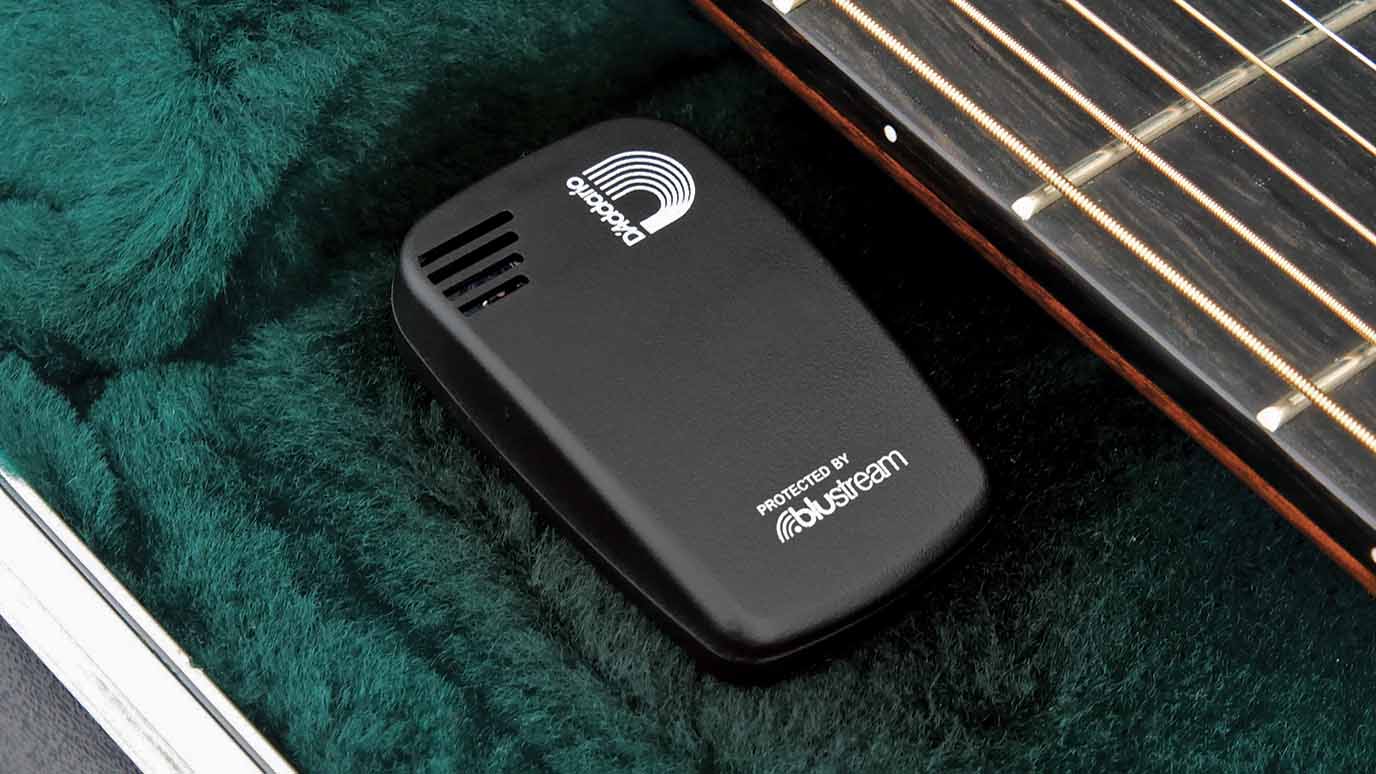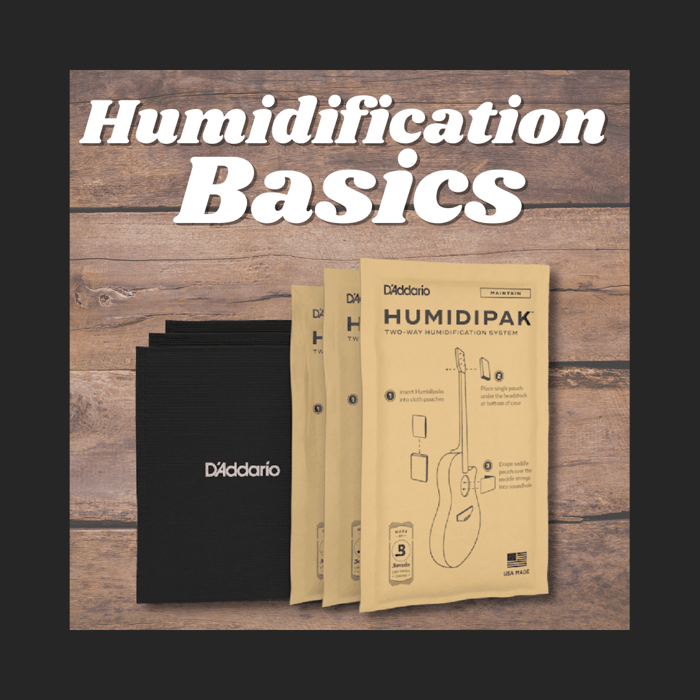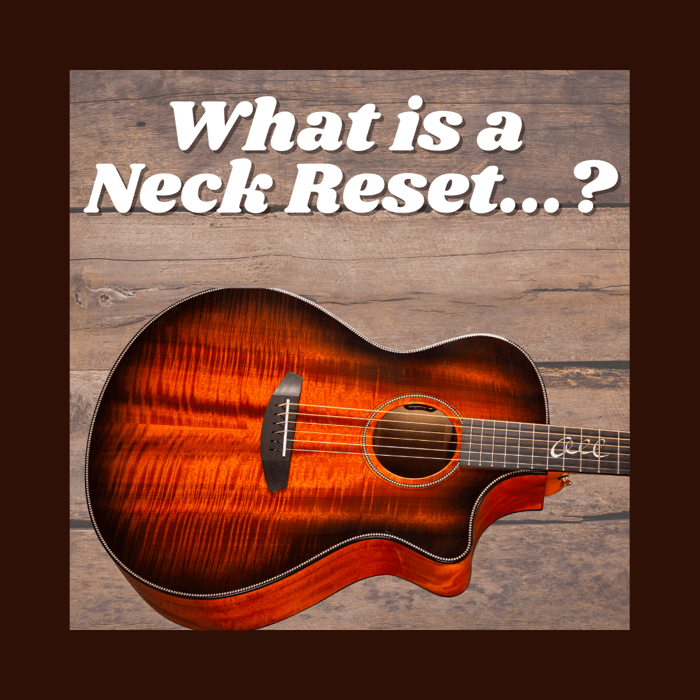Wooden instruments such as guitars, mandolins and fiddles are susceptible to the elements, particularly humidity levels. These instruments are made with very thin layers of wood, and it doesn’t take much of a change in moisture (humidity levels) to create havoc. Low or high, humidity levels can affect the playability and damage your instrument, which is why humidification is essential.
The optimum humidity level for your acoustic instrument is between 45% to 50%. This can be achieved by monitoring the humidity level with a hygrometer and then adding, or subtracting, moisture as needed.
Before we get into products that will achieve the desired humidity level, let’s discuss the effects of low or high humidity.
“Dehydration begins at approximately 35% humidity, and the lower it goes, the more dangerous it can be,” says John Chapman co-owner of The Acoustic Shoppe. “The first sign of acoustic instrument dehydration is usually sharp fret edges. This will become quite evident when you play your instrument. Metal does not shrink. Wood does. This is a tell-tale sign of dehydration.”

Cracks may also develop, many times showing up in the top and sides. This is due to the top shrinking and sinking into the body. In addition, necks will move and change with low moisture levels. Braces and the bridge can also become unglued and fail due to dehydration.
“Remember, we are talking about very thin wood,” John says. “The inside of your instrument is not finished. It’s pure, raw wood that will absorb or release moisture.”
Conversely, too much moisture will also cause problems. Specifically, once you get over 80%, you’ll lose tone and playability. Strings will go dead faster, and the dynamics of the instrument will be compromised.
New instruments are more likely to be affected by variances in the moisture level. Wood can take several years to settle in its final form and will make the most movement due to humidity changes within the first three years. However, no matter the age of your instrument, it’s critical to monitor the humidity level and keep it in the optimum 45% to 50% range.
“Many people make the mistake of thinking that this only needs to be done in the cooler or winter months when drier air prevails,” adds Chapman. “Don’t assume that in the summertime when there is more humidity in the air that you are good to go. Most people keep their instruments in an air-conditioned room. It can be 70% humidity outside, but a primary job of an air-conditioner is to remove humidity from the room.”
Keeping your instrument’s humidity level within the proper range is a year-round task. Now let’s discuss the methods of maintaining proper levels.
“First, if you keep your instrument in a quality case it will hold moisture a lot longer than a standard hard-shell case or gig bag,” advises Chapman. “Calton cases, for instance, have a waterproof seal and are the ultimate overall protection, but eventually moisture levels will leak out. So, if possible, keep your instrument in a quality case.”

There are lots of different products to monitor and apply moisture. A hygrometer is easy to obtain and will provide an accurate humidity level for wood.
Sponge type humidifiers are cost-effective and can be placed in a case or inserted into the instrument. These work fine but will require more monitoring to ensure proper humidity levels. Remember, these will only add moisture, not remove excess moisture.
“I have found the D'Addario's Humiditrak to be a simple and reasonably priced way to protect your investment. I use them in all my acoustic instruments,” John explains. “You just place the Humiditrak inside your instrument or case.”
The Humiditrak uses a Bluetooth sensor to provide a constant stream of temperature, humidity, and impact data to the free smart phone app to alert you of hazardous conditions that can lead to issues for your instrument. Another cool thing is you can monitor up to seven instruments with one connection on your mobile phone. Each instrument will need its own Humiditrak.

Lots of people like to have their instrument sitting out on a stand as opposed to living in its case. The Humiditrak is an excellent tool to monitor the room humidity level as well. Keep in mind a case or in-instrument humidifier isn’t going to do you any good. You’ll need to control the environment with a whole room humidifier.
When you use the Humiditrak along with the D'Addario Humidipak you’ll have the ultimate way to monitor and maintain your humidity level.
The Humidipak is the premier maintenance-free, two-way humidity control system for instruments. It automatically maintains the optimal 45%-50% relative humidity level within your instrument case. It eliminates the guesswork for you. The two-way humidity control works by continually responding to the outside temperature and climate by adding or removing humidity as needed to maintain a relative humidity inside the Reed Vitalizer bag – a paper element designed to add or remove moisture.
No matter what wood instrument you have, and how you monitor and maintain moisture levels, it’s very important to the overall playability, tone, and longevity of your instrument.
Damage caused by the wood becoming too dry is costly, not to mention the time you’ll have your instrument in the repair shop. It’s much more cost-effective to maintain the 45% to 50% humidity level, and your instrument will love you for it!



.jpg)



